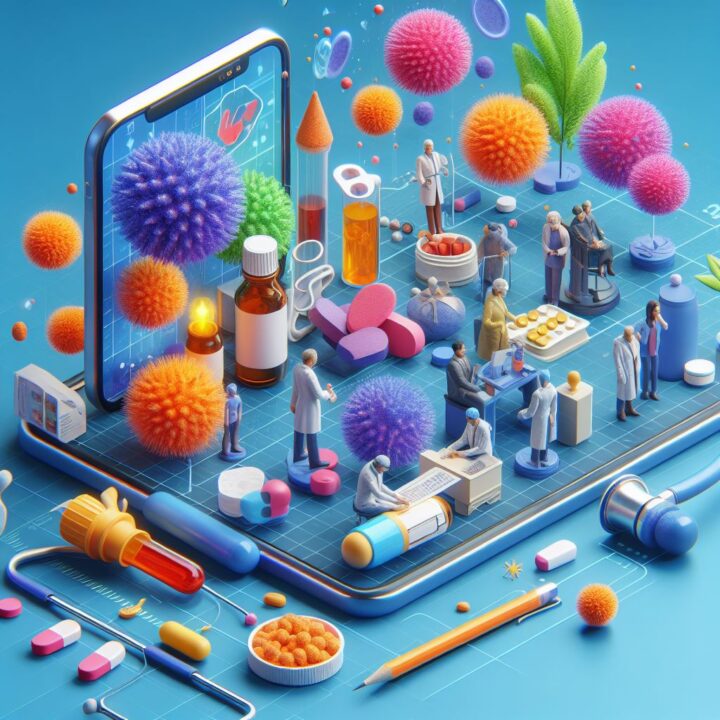
Accidentally sipping on moldy liquid can be a distressing experience, but knowing the right steps can make all the difference in minimizing potential health risks. In this guide, we’ll delve into the essential actions to take if you find yourself in this situation and what to do if you drink mold, offering expert advice and practical tips to ensure your well-being.
Topics Covered in Article:
What to Do If You Drink Mold
Establishing Authority With Qualifications or Sources:
Our recommendations are based on insights from healthcare professionals, mold specialists, and reputable organizations such as the Centers for Disease Control and Prevention (CDC) and the World Health Organization (WHO), ensuring reliable and up-to-date information.
1. Identifying Mold Exposure:
Signs of Mold in Your Drink (Visual, Taste, Smell):
Mold contamination in beverages may manifest as visible mold growth, an unusual taste, or a musty odor. These indicators should prompt immediate suspicion and cessation of consumption.
Common Scenarios for Ingesting Mold (Contaminated Water, Spoiled Food):
Mold exposure can occur through various means, including drinking contaminated water from unclean sources or consuming food items that have spoiled due to mold growth. Awareness of these common scenarios can help prevent accidental ingestion.
Identifying Potential Health Risks Based on Mold Type (Optional):
Different types of mold can pose varying health risks upon ingestion. While some molds may cause mild symptoms, others can lead to more severe health complications. Understanding the potential risks associated with specific mold types can guide appropriate actions and what to do if you drink mold.
2. Immediate Actions:
Stop Consuming the Contaminated Drink Immediately:
Upon suspecting mold contamination in your drink, it’s crucial to cease consumption immediately to prevent further exposure. Spit out any remaining liquid and rinse your mouth thoroughly with clean water.
Seek Medical Attention (When Necessary):
If you experience symptoms such as nausea, vomiting, or difficulty breathing after ingesting mold, seek medical help promptly. Certain individuals, such as those with allergies or compromised immune systems, may be at higher risk of experiencing severe reactions and should prioritize seeking medical attention.
Monitor for Symptoms and Document Them:
Even if initial symptoms are mild, it’s essential to monitor your health closely for any changes or worsening of symptoms. Please keep a record of the symptoms experienced, including their onset and duration, as this information can assist healthcare professionals in providing appropriate treatment.
3. Treatment and Management:

Potential Treatment Options Based on Symptoms (Consulting a Doctor is Crucial):
The treatment approach for mold ingestion may vary depending on the severity of symptoms and individual health factors. Consulting a healthcare provider is essential for accurate diagnosis and tailored treatment recommendations. Treatment options may include medications to alleviate symptoms or supportive care measures.
Home Remedies for Managing Mild Symptoms (Avoid Self-Diagnosis):
While mild symptoms of mold ingestion may sometimes resolve on their own, it’s essential to refrain from self-diagnosing and seek professional medical advice. Home remedies such as staying hydrated, getting plenty of rest, and avoiding further exposure to mold can help alleviate discomfort.
Importance of Long-Term Monitoring and Potential Follow-Up with a Doctor:
Even after initial symptoms have subsided, it’s crucial to continue monitoring your health and seeking follow-up care as needed. Some individuals may experience delayed or persistent symptoms following mold exposure, warranting ongoing medical supervision.
4. Prevention:
Identifying and Eliminating Mold Sources in Your Home and Food:
Prevention is key to avoiding accidental mold ingestion. Regularly inspect your home for signs of mold growth, such as dampness or musty odors, and take prompt action to address any issues. Proper food storage and handling practices, including promptly discarding expired or moldy food items, can also help prevent mold contamination.

Proper Food Storage and Handling Practices:
Store perishable food items in airtight containers and refrigerate them promptly to inhibit mold growth. When handling food, practice good hygiene habits, such as washing your hands before and after preparing meals, to minimize the risk of contamination.
Maintaining Good Indoor Air Quality to Prevent Mold Growth:
Adequate ventilation is essential for preventing moisture buildup and mold growth indoors. Ensure proper airflow in your home by opening windows, using exhaust fans in bathrooms and kitchens, and promptly addressing any leaks or water damage.
Conclusion:
Accidental ingestion of mold can pose health risks, but taking immediate action and seeking medical advice can help mitigate these risks. Remember to prioritize prevention by maintaining a clean environment, practicing proper food hygiene, and addressing any mold issues promptly.
For more information on mold exposure and its potential health effects, refer to reputable sources such as the Centers for Disease Control and Prevention (CDC) and the World Health Organization (WHO). These organizations provide comprehensive resources and guidelines for managing mold-related concerns.
Help spread awareness about the risks of accidental mold ingestion by sharing this information with family and friends. If you ever find yourself in doubt or experiencing concerning symptoms after ingesting mold, don’t hesitate to consult a healthcare professional for guidance and support.
Frequently Asked Questions About Drinking Mold:
1. What are the immediate signs and symptoms of drinking mold?
Immediate signs and symptoms of drinking mold may include nausea, vomiting, diarrhea, abdominal pain, difficulty breathing, or allergic reactions.
2. Is it ever safe to ignore drinking mold, even if I feel fine?
No, it is not safe to ignore drinking mold, even if you feel fine. Mold ingestion can pose health risks, and symptoms may not always appear immediately.
3. What types of mold are more dangerous to ingest than others?
Some types of mold, such as black mold (Stachybotrys chartarum), can produce mycotoxins that are more harmful when ingested. However, any type of mold ingestion can potentially cause health issues.
4. Are there any natural remedies or home treatments for mold ingestion, or should I always see a doctor?
While mild symptoms of mold ingestion may sometimes improve with home remedies such as staying hydrated and resting, it’s essential to consult a doctor for proper evaluation and treatment, especially if symptoms are severe or persist.
5. How long does it take for mold to make you sick?
The onset of symptoms after mold exposure can vary depending on factors such as the type of mold, the individual’s sensitivity, and the level of exposure. Symptoms may appear shortly after exposure or take days to weeks to manifest.
6. What are the symptoms of mold toxicity in the body?
Symptoms of mold toxicity in the body may include respiratory issues (such as coughing, wheezing, or shortness of breath), sinus congestion, headaches, fatigue, skin irritation, and neurological symptoms (such as memory loss or difficulty concentrating).
7. How much mold exposure is harmful?
Any level of mold exposure can potentially be harmful, especially for individuals with allergies, asthma, or weakened immune systems. The severity of health effects may vary depending on factors such as the type and amount of mold, duration of exposure, and individual susceptibility.
Related Articles:
1. What To Do If You Drink Moldy Water
2. What to Do If You Drink Spoiled Orange Juice



Of course, what a great site and instructive posts, I surely will bookmark your website.Best Regards!